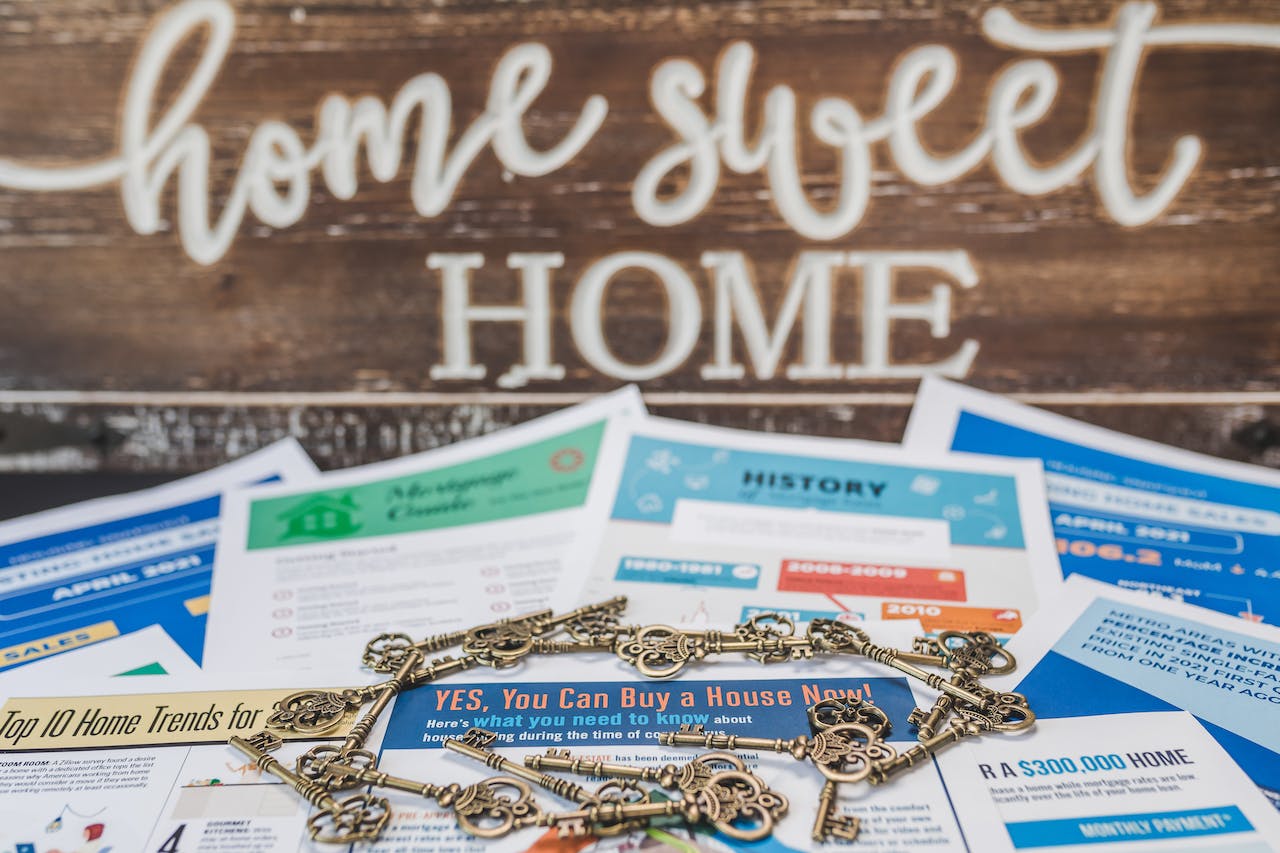In a welcome turn of events for prospective homebuyers, mortgage rates have witnessed a continuous decline for the fifth consecutive week. However, the market remains far from normalization, with the average rate on the widely favored 30-year fixed mortgage dropping to 7.22% from the previous week’s 7.29%, as reported by Freddie Mac on Thursday. Despite the decline of more than half a point since the end of October, rates have yet to dip below the 7% threshold for over three months.
This decrease in mortgage rates has provided some financial relief for buyers during a typically sluggish season, but has yet to dip below the 7% threshold. The realignment of rates may continue, contingent upon the Federal Reserve’s forthcoming decisions regarding inflation. Orphe Divounguy, senior macroeconomist at Zillow Home Loans, expressed optimism in a press statement, noting, “So long as core inflation and economic activity continue to moderate, mortgage rates may finally start to level off.”
The recent decline has enticed some buyers back into the market, with the Mortgage Bankers Association (MBA) reporting a 5% increase in the volume of purchase applications on a seasonally adjusted basis for the week ending Nov. 19. However, the overall purchase activity remains nearly 20% lower than the same period last year.
Adriana Perezchica, president of Via Real Estate Group, highlighted the impact of high rates on buyer sentiment, stating, “The majority of clients don’t want to buy because they hear rates are very high, and that’s caused them financial uncertainty.” The ongoing scarcity of existing homes has further dampened activity, as homeowners are hesitant to trade up and potentially lose their current low rates, contributing to elevated home prices and constrained affordability.
Despite the recent decline in mortgage rates, sales of previously-owned homes declined in October while home prices continued to climb. The National Association of Realtors (NAR) reported a 3.4% year-over-year increase in the median home price to $391,800, marking the highest level for the month of October.
The supply shortage of existing homes is a key factor muting housing activity, with Lawerence Yun, NAR’s chief economist, emphasizing, “Limited housing inventory is significantly preventing housing demand from fully being satisfied.” The situation has led to multiple offers on available properties, leaving many prospective buyers in a continued search for suitable housing.
Sales of newly built homes also took a hit last month as some buyers postponed their purchase plans in response to rising rates. Homebuilder confidence, as reported by the National Association of Home Builders, plummeted to its lowest point in a year, marking the fourth consecutive monthly drop in sentiment, primarily attributed to the increase in rates nearing 8%.
Adriana Perezchica commented on the resistance from buyers, stating, “People who want to buy now, once we give them their estimated monthly mortgage payment along with their home insurance, property taxes, and loan insurance – the monthly payment seems wild to them.” According to the MBA, the national median payment applied by purchase applicants increased to $2,199 in October from $2,155 the previous month. Those purchasing from builders saw payments jump to $2,672 in October from $2,640 in September.
Efforts to inform clients about potential benefits, such as concessions for closing costs paid by sellers and the option to refinance in the future, have faced resistance. Perezchica lamented, “They say it is better to wait,” reflecting the cautious approach adopted by buyers in the face of market uncertainties.
In conclusion, while the recent decline in mortgage rates has provided a glimmer of hope for homebuyers, the market still grapples with challenges as rates have yet to dip below the 7% threshold, leaving the trajectory of future developments in the hands of economic factors and the Federal Reserve’s decisions.
Source: Yahoo Finance



